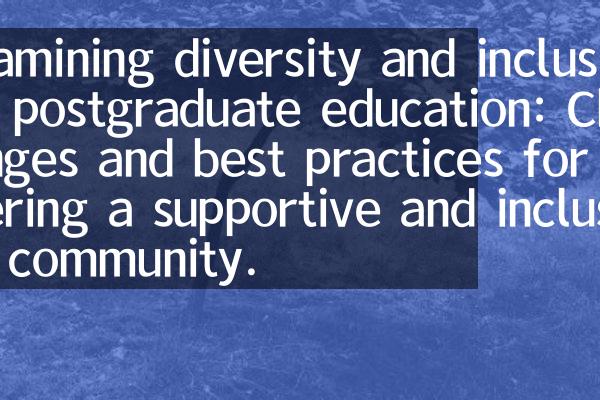"Maximizing Your Savings: A Comprehensive Guide to Government Education Loan Consolidation"
#### What is Government Education Loan Consolidation?Government education loan consolidation refers to the process of combining multiple federal student loa……
#### What is Government Education Loan Consolidation?
Government education loan consolidation refers to the process of combining multiple federal student loans into a single loan, allowing borrowers to manage their debt more effectively. This process is typically handled through a Direct Consolidation Loan, which is offered by the U.S. Department of Education. By consolidating, borrowers can simplify their monthly payments, potentially lower their interest rates, and extend their repayment terms.
#### Benefits of Government Education Loan Consolidation
One of the primary benefits of government education loan consolidation is the convenience it offers. Instead of juggling multiple payments with varying due dates, borrowers can streamline their finances by making a single monthly payment. This can significantly reduce the stress associated with managing multiple loans.
Additionally, consolidation can provide access to alternative repayment plans, including Income-Driven Repayment (IDR) plans. These plans adjust monthly payments based on the borrower’s income, making it easier to manage payments during financial hardships. Furthermore, consolidating loans can also lead to forgiveness opportunities for those who work in public service or qualify for specific loan forgiveness programs.

#### How to Consolidate Your Government Education Loans
The process of consolidating government education loans is relatively straightforward. Borrowers can start by visiting the official Federal Student Aid website, where they can find information about Direct Consolidation Loans. Here are the steps involved:
1. **Gather Information**: Collect all relevant information about your existing federal loans, including balances, interest rates, and servicer details.
2. **Apply for Consolidation**: Fill out the Direct Consolidation Loan application. This can be done online, and it typically takes about 30 minutes to complete.

3. **Choose Your Repayment Plan**: After consolidation, borrowers can select a repayment plan that best fits their financial situation. It’s essential to compare the different options available to find the most beneficial one.
4. **Complete the Process**: Once the application is submitted, the loan servicer will process it and inform borrowers of their new loan terms.
#### Potential Drawbacks of Government Education Loan Consolidation
While there are many advantages to government education loan consolidation, it’s important to consider potential drawbacks. One significant concern is the loss of borrower benefits. For example, if borrowers had loans with certain perks, such as interest rate discounts or principal rebates, consolidating those loans may result in losing those benefits.

Additionally, extending the repayment term can lead to paying more interest over the life of the loan. Borrowers should carefully evaluate their financial situation and consider whether consolidation is the best option for them.
#### Conclusion: Is Government Education Loan Consolidation Right for You?
In conclusion, government education loan consolidation can be a valuable tool for managing student loan debt. It offers simplicity, potential savings, and access to various repayment options. However, borrowers should weigh the pros and cons to determine if it aligns with their financial goals. By understanding the nuances of the consolidation process, borrowers can make informed decisions that will ultimately lead to a more manageable and less stressful financial future.